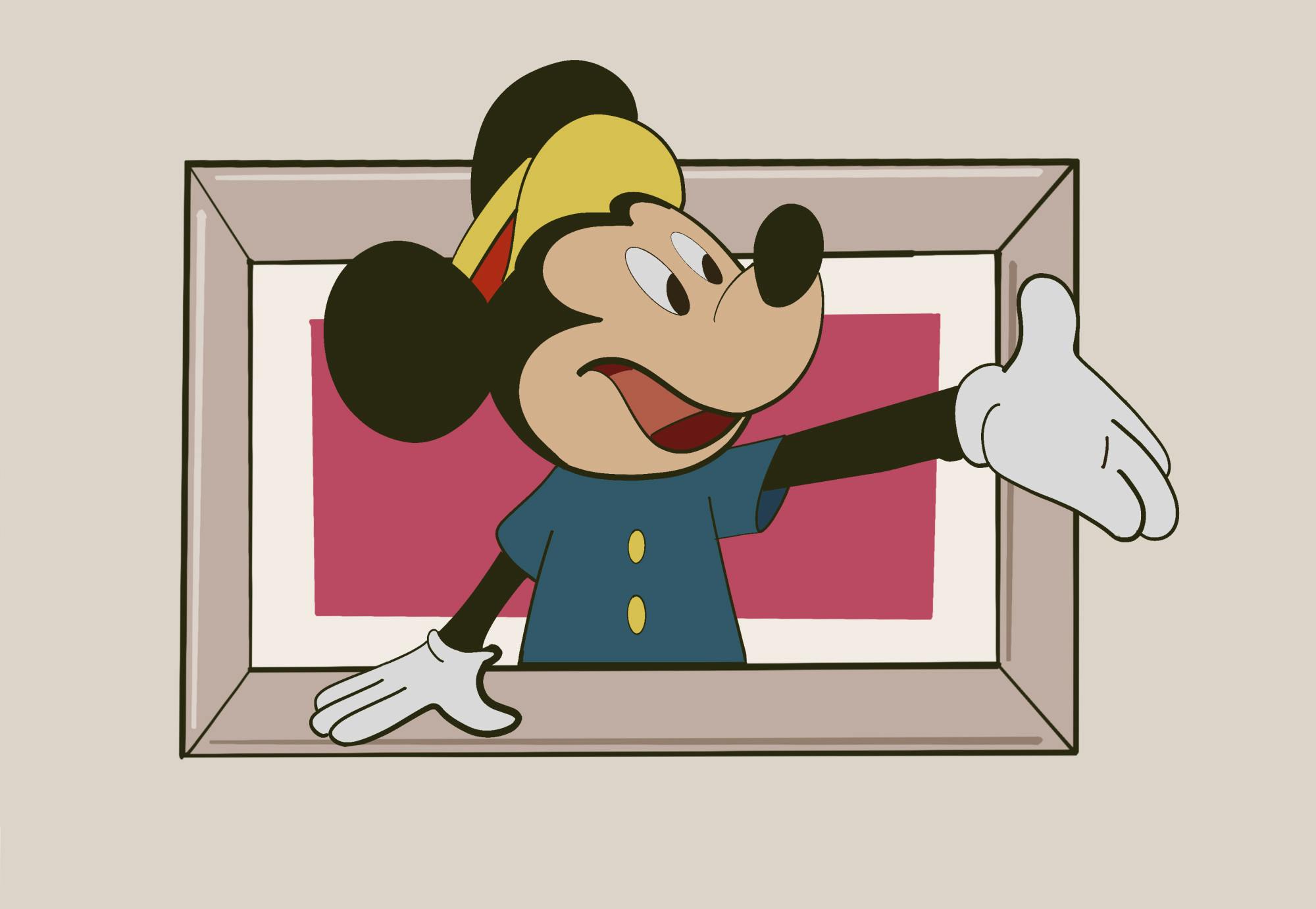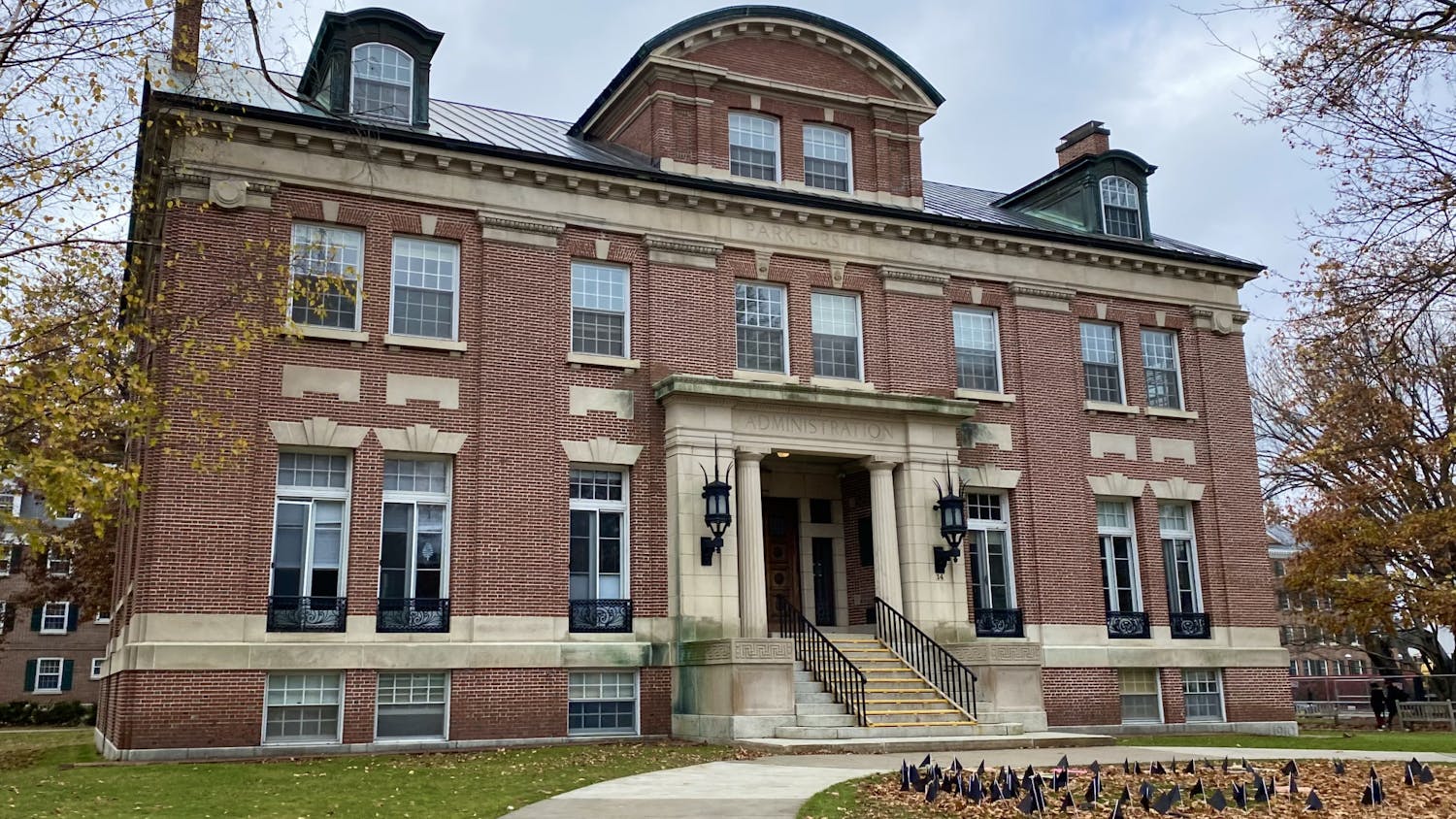It seems like everyone has a Disney character they cherish: Aladdin, Mulan, Simba, you name it. Many of us associate an emotional childhood memory with Disney’s movies. Disney’s enchanting tales reside as pages from our personal storybooks. I fondly remember singing at the top of my lungs the songs from the movie “Moana” during sleepovers with friends.
This year, Walt Disney Animation Studios reached its centennial on Oct. 16, 2023. To celebrate a century of iconic storytelling and entertainment, directors Dan Abraham and Trent Correy released the nine-minute short film “Once Upon a Studio” following approximately eight months of idea discussions in their free time.
“Because we spent an extended period crafting the pitch, the short film has remained relatively unchanged,” Correy explained in an exclusive interview with The Walt Disney Company. He and Abraham described it as a “love letter” to the studio and a “thank you” to all the viewers who connected with Disney narratives over the years. “Once Upon a Studio” is an emotional exploration into the past of Disney, bringing together their most innovative and iconic characters in a short that would make anyone feel warm and fuzzy.
Featuring 543 Disney characters from more than 85 feature-length and short films, “Once Upon a Studio” is a nostalgic testament of the artistic and technological achievements of this company. Multiple essential animators and voice artists rejoined the studio to authentically portray their respective characters, from Jeremy Irons, who voiced Scar in“The Lion King,” to Idina Menzel, who voiced Elsa in “Frozen.” Another key feature is beloved Disney animator Burny Mattinson, the company's longest serving Disney employee. His career encompasses a wide range of roles, starting from his early days in the mailroom, progressing through animation and storytelling and ultimately leading to his role as a director of feature films.
The short film kicks off with the artists, storytellers and technologists from Walt Disney Animation Studios in Burbank, California, concluding their workday and making their way home. Mattinson is the last person to walk out the door, along with a young intern. Their discussion revolves around the studio’s centennial celebration, leading Mattinson to wonder “if the walls could speak.” Once the studio is finally empty, photographs of Disney characters come to life, much like toys do in “Toy Story.” Mickey Mouse leads this joyful reunion and gets many of the characters from the studio’s filmography to meet in the lobby for a group photo to mark Disney’s 100th anniversary.
While this occurs, there are several interactions between characters across various beloved films. Though certain character interactions are far from unexpected, such as pairing Moana with Flounder, many of these moments display sheer brilliance. For instance, the moment when the Cheshire Cat playfully teases Gaston and Prince Charming’s shoe mishap on the staircase is particularly noteworthy. The novelty of these interactions ensured that while “Once Upon a Studio” is dripping in nostalgia; it is able to bring innovation to Disney’s discography and create something new.
The most heartwarming moment in the short film pays tribute to the Disney pioneer himself, Walt Disney. In this touching scene, Mickey pauses by Walt’s portrait, doffs his hat in gratitude and reflects on Walt’s profound contributions, all while Walt’s favorite song, “Feed the Birds” by songwriter Robert Sherman (if you also enjoy “Mary Poppins,” you might already be familiar with this tune), echoes in the background. This is soon succeeded by a deeply touching performance of “When You Wish Upon A Star” sung by all the Disney characters present for the group photo. “Once Upon A Studio” elicits emotion in any viewer with these touching performances — even those who are not die-hard Disney enthusiasts are bound to find themselves emotional by the end.
Another highlight of the cinematic experience is the animation, which skillfully merges classic hand-drawn 2D animation with contemporary 3D CGI animation. Approximately 80% of the characters in “Once Upon A Studio” were created through traditional hand-drawn techniques, with the rest were generated using computer programs. In this seamless fusion of traditional and modern animation, Disney’s expertise not only shines a spotlight on the evolution of animation, but also underscores the company’s ability to harmoniously blend artistic vision with technological innovation.
This short film was undeniably charming, but it also left certain online viewers desiring more after only nine minutes. Considering the significance of this momentous milestone, there was an opportunity to delve deeper into the magic of Disney's storytelling legacy. At times, the short film did feel a bit rushed, leaving viewers longing to explore each era and character in more depth. A longer duration could have provided a more comprehensive and immersive celebration of the studio’s rich history, leaving a more indelible mark. Nevertheless, the brevity of the short does not diminish the celebration of a century’s worth of enchantment created by the company.
Each person holds a special place in their heart for a beloved Disney character, and it is very likely that your favorite will make a delightful appearance in this unique short film. For this reason, “Once Upon A Studio” feels like reuniting with long-lost friends. Whether your last encounter with these characters was recent or many years ago, crossing paths with them once more stirs a deep sense of nostalgia.
As “Once Upon a Studio” guides the audience on a mesmerizing voyage through the memorable scenes and beloved characters that have appeared on the big screen in the last century, it revisits cherished childhood memories and the everlasting joy Disney has brought its viewers. For fans who have grown up with these timeless characters and stories, “Once Upon a Studio” is more than just a glimpse into the past; it’s a heartwarming testament to the enduring legacy of Disney and its ability to touch the hearts of generations.
Rating: ★★★★★




